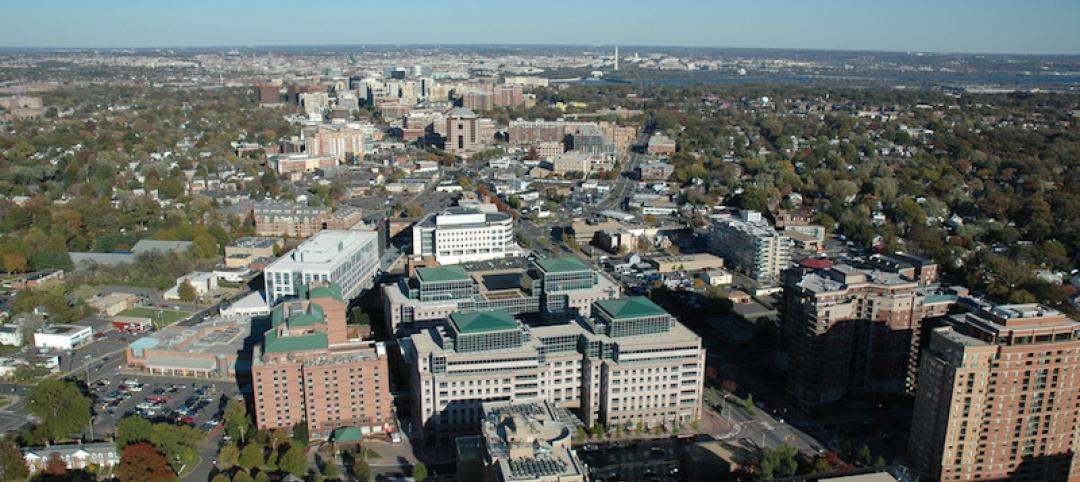A new report, Cities Safer by Design, from WRI Ross Center for Sustainable Cities, offers guidance for designing safer streets and communities that can reduce traffic fatalities and improve people’s lives.
The report includes more than 30 specific urban design recommendations for urban planners and policymakers. It emphasizes two ways to improve traffic safety in cities. First, building and retrofitting urban environments to reduce the need for individual vehicle trips; and second, by reducing vehicle speeds in areas where cars, pedestrians, and cyclists mix.
The report focuses on improving infrastructure for pedestrians, bicycling, and mass transport. It includes examples from several cities including Tokyo, Mexico City, Rio de Janeiro, Istanbul, New York City, and Paris.
Recommendations include:
- Smaller block sizes
- Frequent street connections
- Narrower streets
- Traffic calming measures such as speed humps, chicanes, curb extensions, raised pedestrian crossings
- Arterials and intersections that reduce conflicts between road users by providing clear crossings, medians, and refuge islands
- Pedestrian facilities ranging from pedestrian-only areas to basic, consistent sidewalks
- Bicycling networks that feature protected bicycle lanes and special attention to design at intersections
- Safety improvements around mass transport stations and corridors.
Related Stories
Codes and Standards | Jan 17, 2018
Green Building Initiative acquires global rights to Green Globes from JLL
Transaction allows GBI to expand operations to Canada and elsewhere.
Codes and Standards | Jan 16, 2018
Engage code officials early for better building performance, predictable enforcement expectations
White paper says code officials should be collaborators and facilitators.
Codes and Standards | Jan 12, 2018
Arlington County, Va., earns first LEED for Communities Platinum Certification
Honor recognizes efforts to reduce greenhouse gas emissions, manage stormwater.
Codes and Standards | Jan 11, 2018
TRUE Zero Waste provides roadmap to divert waste away from landfills
USGBC program signs on more than 130 companies or facilities for certification.
Codes and Standards | Jan 10, 2018
Sliding-scale proposal for civil damages resulting from construction fatalities, injuries draws ire of trades
New York City Council proposal puts limits on penalties for safety violations leading to death, serious injury.
Codes and Standards | Jan 9, 2018
Federal appeals court orders EPA to revise lead standard within a year
Current exposure levels for lead in paint and dust have been in place for 17 years.
Codes and Standards | Jan 5, 2018
Building code officials should vet building product evaluation methods
Evaluation service providers should be properly accredited.
Codes and Standards | Jan 4, 2018
U.S. military needs to do more to address climate change risk for facility design
GAO report cites hundreds of overseas facilities in peril.
Codes and Standards | Jan 3, 2018
China Construction America faces billions of dollars in liability in lawsuit
Court filing alleges massive fraud and breaches of contract in Baha Mar Resort Project.
Codes and Standards | Jan 2, 2018
Smart building tech can reap utility savings of 8% to 18% in commercial buildings
Potential for increased deployment of smart building technology is great beyond early adopters.
















